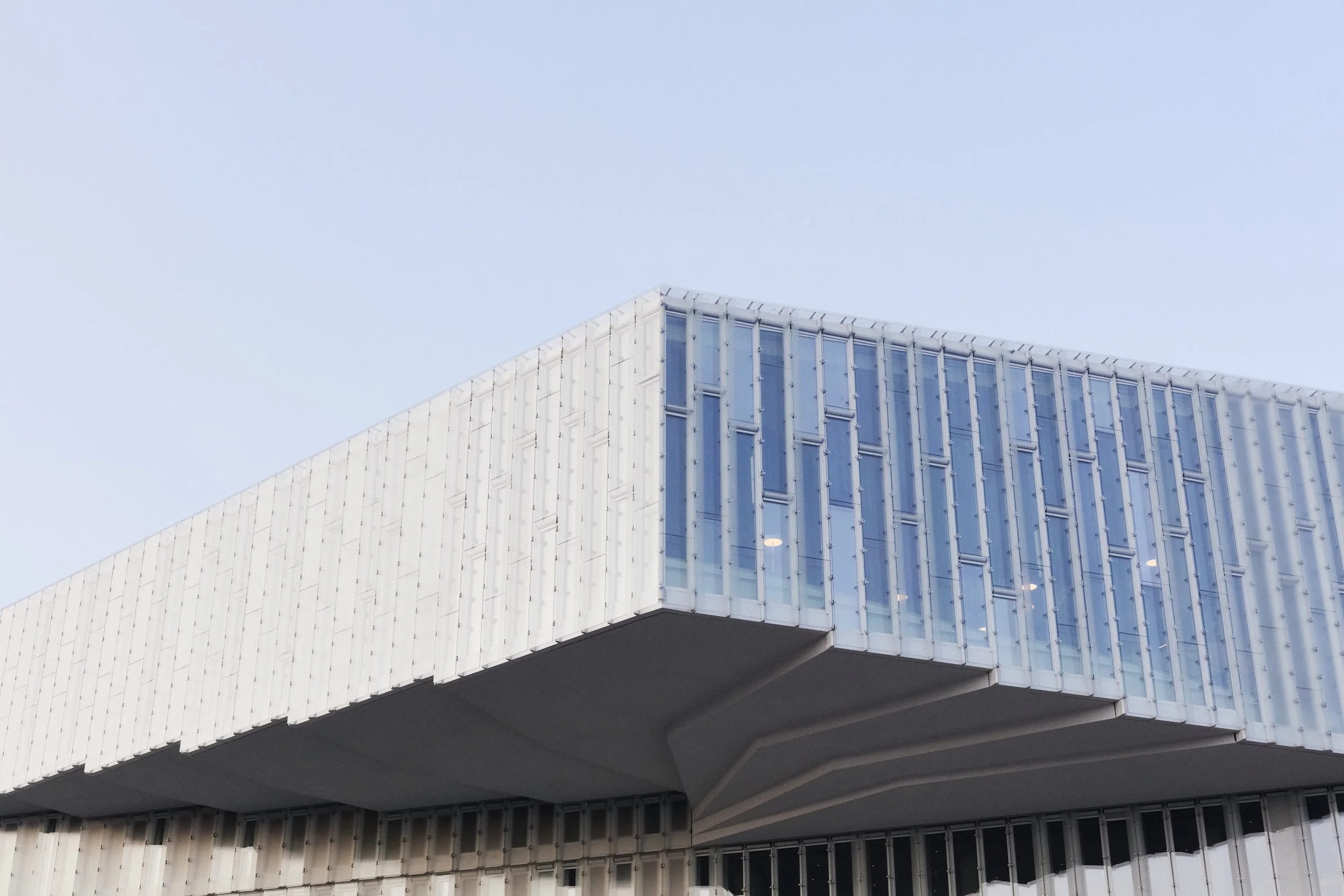
Understanding
Photography Copyright law
Sylte Studios Guide:
Understanding Photography Copyright Law.
Legal and Terms:
Photography Terms and Conditions
Sylte Studios Terms of Service
Photographs are protected by copyright law—just like music, text, graphics, designs and artwork. This guide explains the key principles of photographic copyright to help you understand your rights and obligations when commissioning or using images.
Fundamental Principles
All photographs are protected by copyright from the moment of creation. Usage must comply with the agreed license terms. Any modification, additional use, or extension beyond the licensed scope requires explicit written permission from the copyright holder.
1. What Constitutes a Photograph?
A photograph is a visual work created through photographic processes—whether captured digitally or on film, delivered as a high-resolution file, RAW image, print, or negative. All formats are protected equally under copyright law.
2. Who Holds Copyright?
The photographer automatically holds full copyright to all photographs from the moment of creation. These rights are protected under Norwegian Copyright Act and international treaties. No third party may use, reproduce, modify, or distribute a photograph without the photographer's explicit consent.
3. What You're Purchasing
When you commission or purchase photography, you are acquiring a usage licence, not ownership of the copyright. The licence defines specific permitted uses including media type, territory, duration, and purpose. Always obtain a written agreement detailing these terms. Without a written licence, the burden of proof for permitted usage falls on the purchaser.
4. Ownership Versus Usage Rights
The photographer retains ownership of the original work and all copyright. The client receives copies (digital files or prints) and the right to use them strictly within the agreed licence terms. Ownership of files does not grant usage rights beyond the licence.
5. Reproduction and Distribution
You may not create additional copies, distribute files to third parties, sublicense usage rights, or transfer images to other entities without explicit written permission. This applies to all formats including digital files, regardless of how the images are stored or transmitted.
6. Modifications and Derivative Works
The integrity of the photographer's work is protected under moral rights legislation. You may not crop, retouch, colour grade, apply filters, composite, manipulate, or use artificial intelligence tools to alter photographs without prior written approval. Minor cropping for layout purposes may be permitted depending on your licence terms, but substantive alterations require consent.
7. Attribution Requirements
Under Norwegian Copyright Act §3, the photographer has the right to be identified as the creator. Unless formally waived in writing, proper credit must be displayed when images are published. Standard credit format: "Photo: Alexander Sylte / syltestudios.com" or as otherwise specified in your agreement.
8. Online Images Are Not Free
Images found online, on social media, or in search results are protected by copyright regardless of ease of access. The absence of visible copyright notices does not indicate availability for use. You must obtain explicit permission and a licence before using any photograph.
9. Licence Renewals and Extended Use
Licences are granted for specific purposes and time periods, typically twelve months. Continued use beyond the licence term, use in different contexts, or across additional territories requires licence renewal or extension. Unauthorised usage beyond the original scope constitutes copyright infringement and will result in additional fees plus potential legal action.
10. Duration of Copyright Protection
Under Norwegian law, copyright protection extends throughout the photographer's lifetime plus 70 years after death. This aligns with EU copyright directives and international standards. Some jurisdictions apply different terms, but works are protected in all territories that recognise international copyright treaties.
11. Enforcement
Copyright infringement is a serious matter. Unauthorised use, reproduction beyond licence terms, or removal of copyright metadata may result in legal action, statutory damages, and recovery of legal costs. Digital fingerprinting and image recognition technology enable copyright holders to monitor and enforce their rights effectively.
12. Best Practice
Always obtain written agreements before using images. Keep licence documentation with your image files. When in doubt about permitted usage, contact the photographer before proceeding. Respect for copyright protects creative professionals and ensures the sustainability of the visual arts industry.
When in doubt, always ask first.
Photography Terms and Conditions
Sylte Studios Terms of Service
Contact us